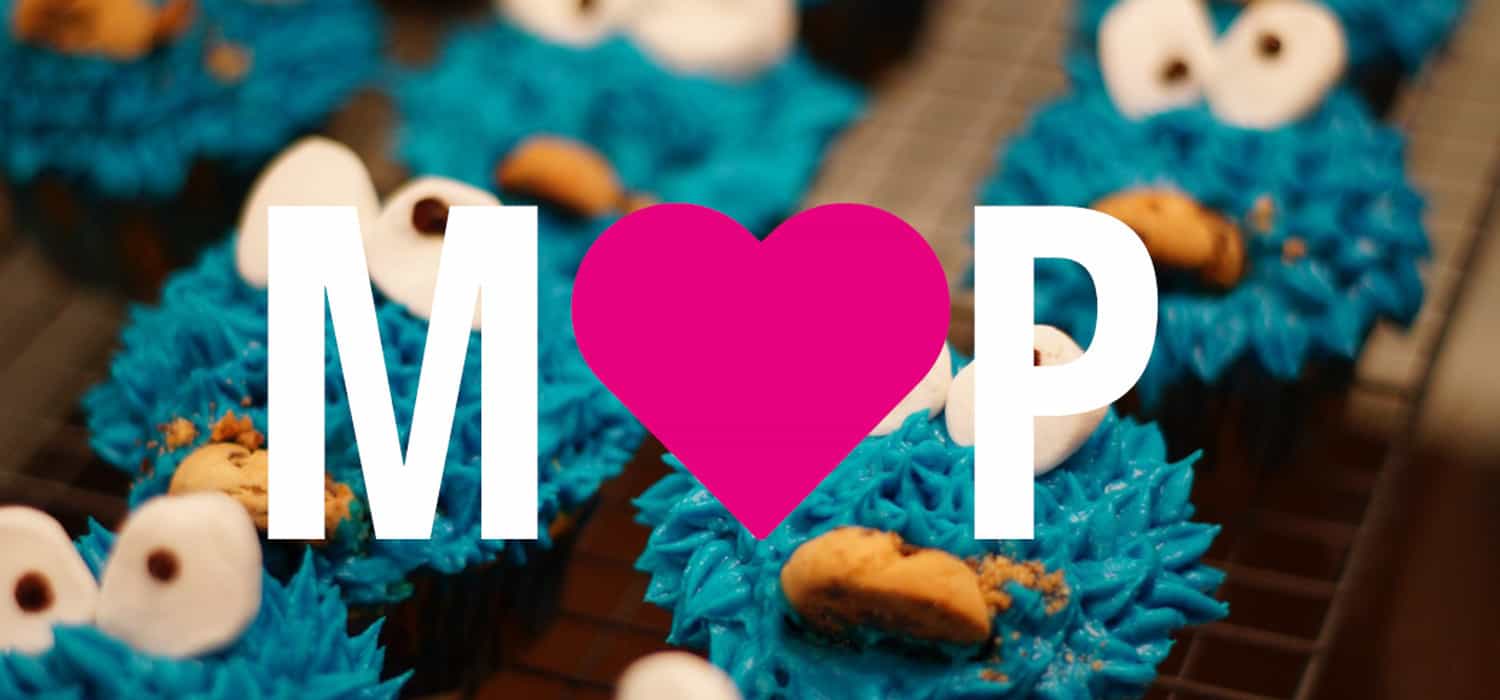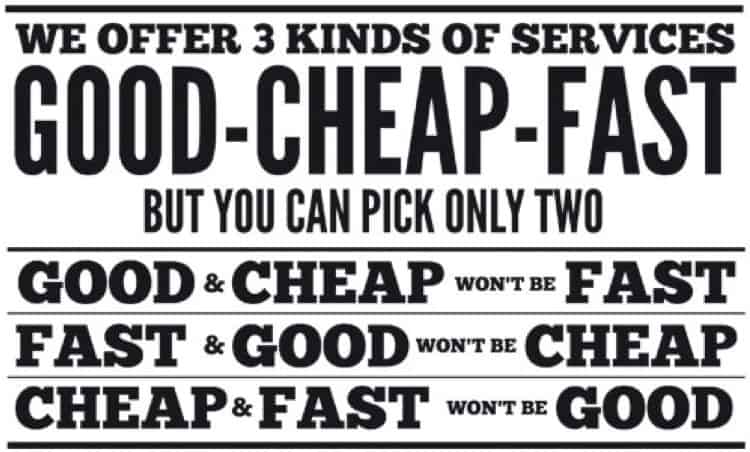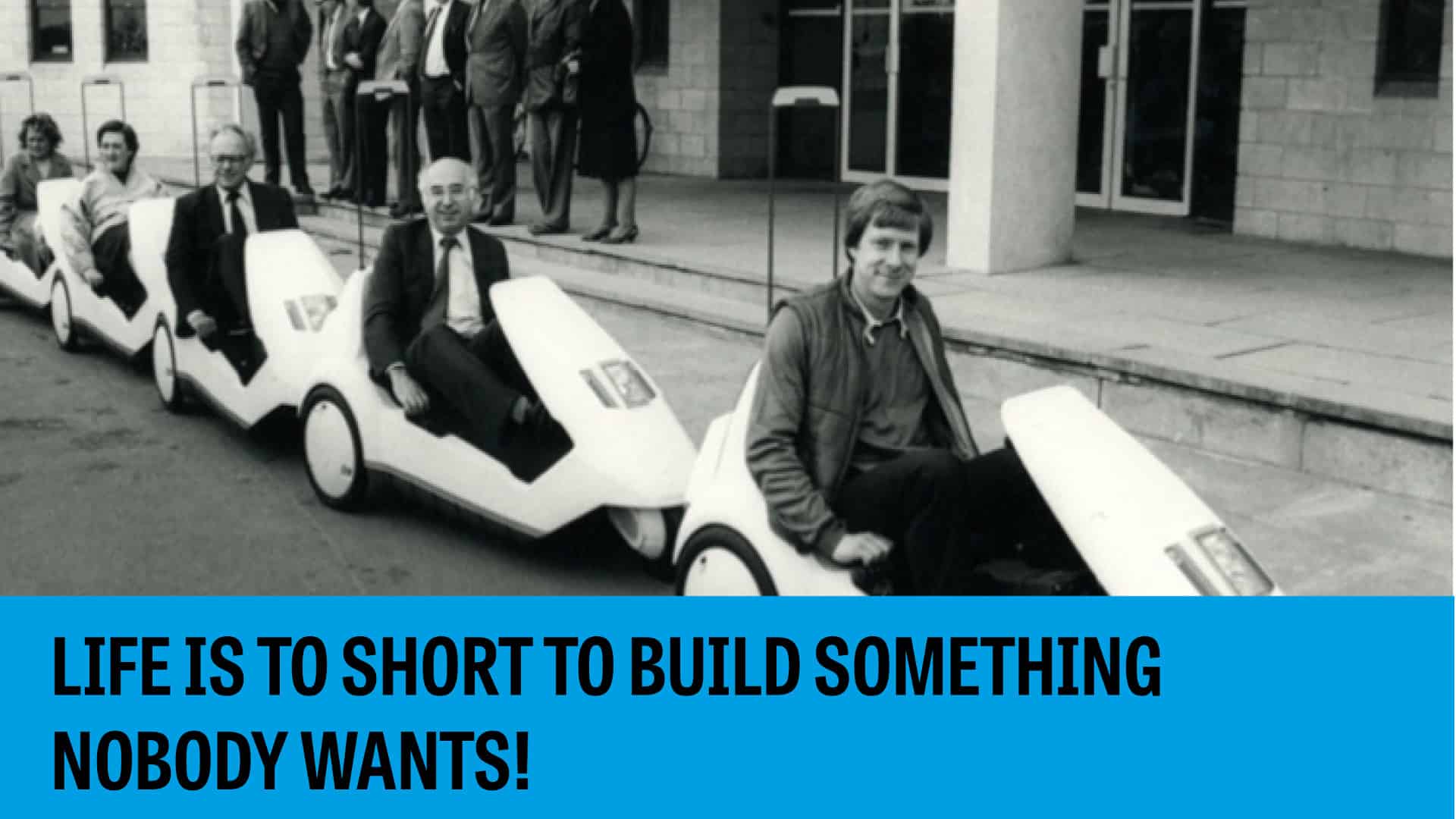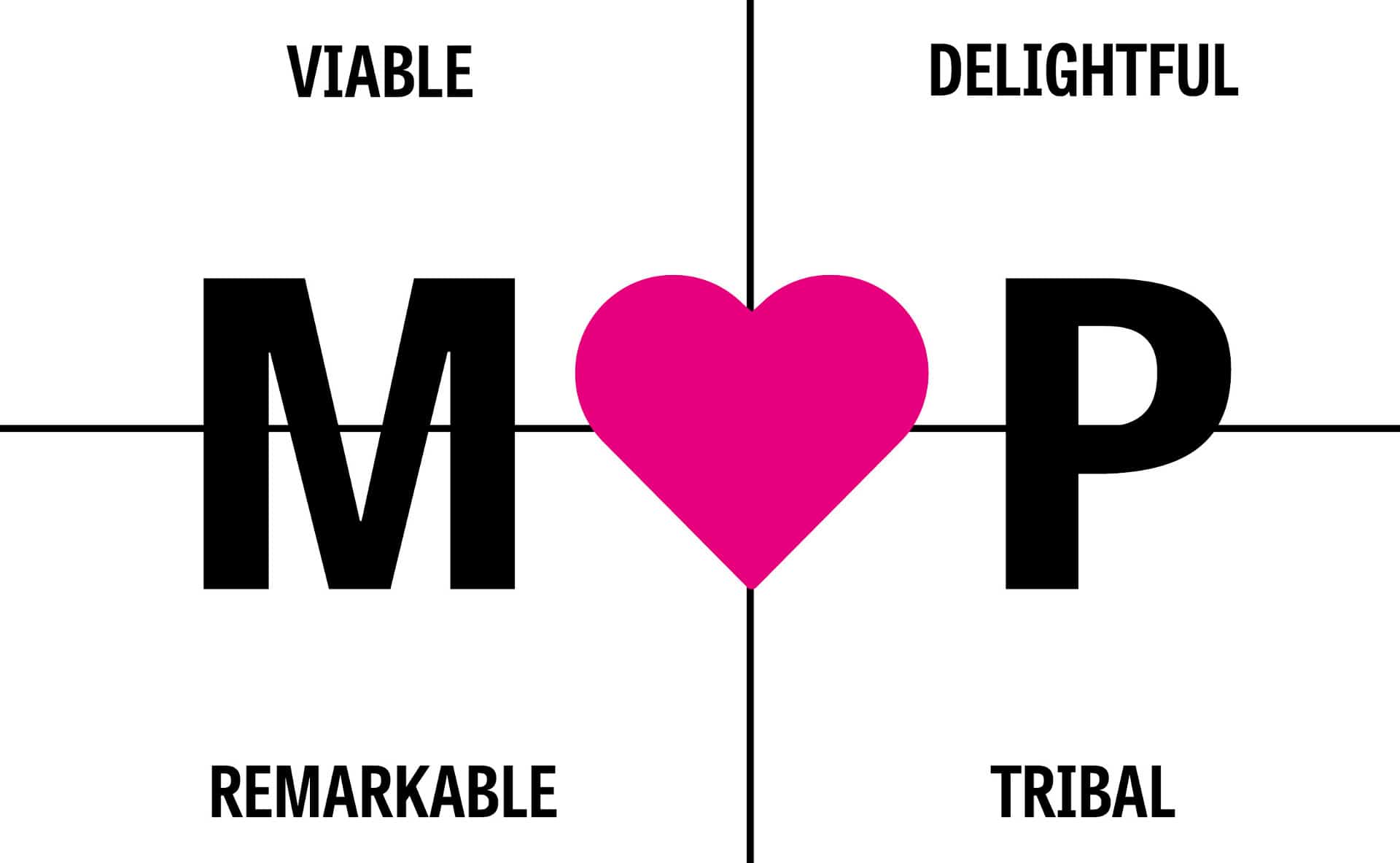How to Build a Minimum Loveable Product
Learn how to get your digital ideas to market sooner, but still deliver a product that users fall in love with.
Written by Laurence McCahill Founder of The Happy Startup School
Published in Medium, 10/11/14
When launching any new product there’s always a tricky balance to strike between speed of delivery and quality of execution.
To create a great product takes skill, dedication and discipline. And it requires us to make bold choices. Whether that is who to hire, when to launch, what to build or how well we build it.
In essence, your product is defined by the decisions you make.
You can’t have it all
Part of the reason the lean startup movement took off was we were all frustrated with how things were working – bloated products being shipped that delivered on ‘the plan’ but little in the way of value. The product world had reached the peak of stuffocation.
Then our ‘saviour’ Eric Ries came to save the day. Along with his BFF – the often misunderstood Minimum Viable Product. It had good intentions.
It had a purpose.
But more often than not it was crappy…
Cheap, yes.
Fast, yes., Good, generally not.
So if like many out there, you struggle to get much traction with your MVP, how will you know why it didn’t work?




